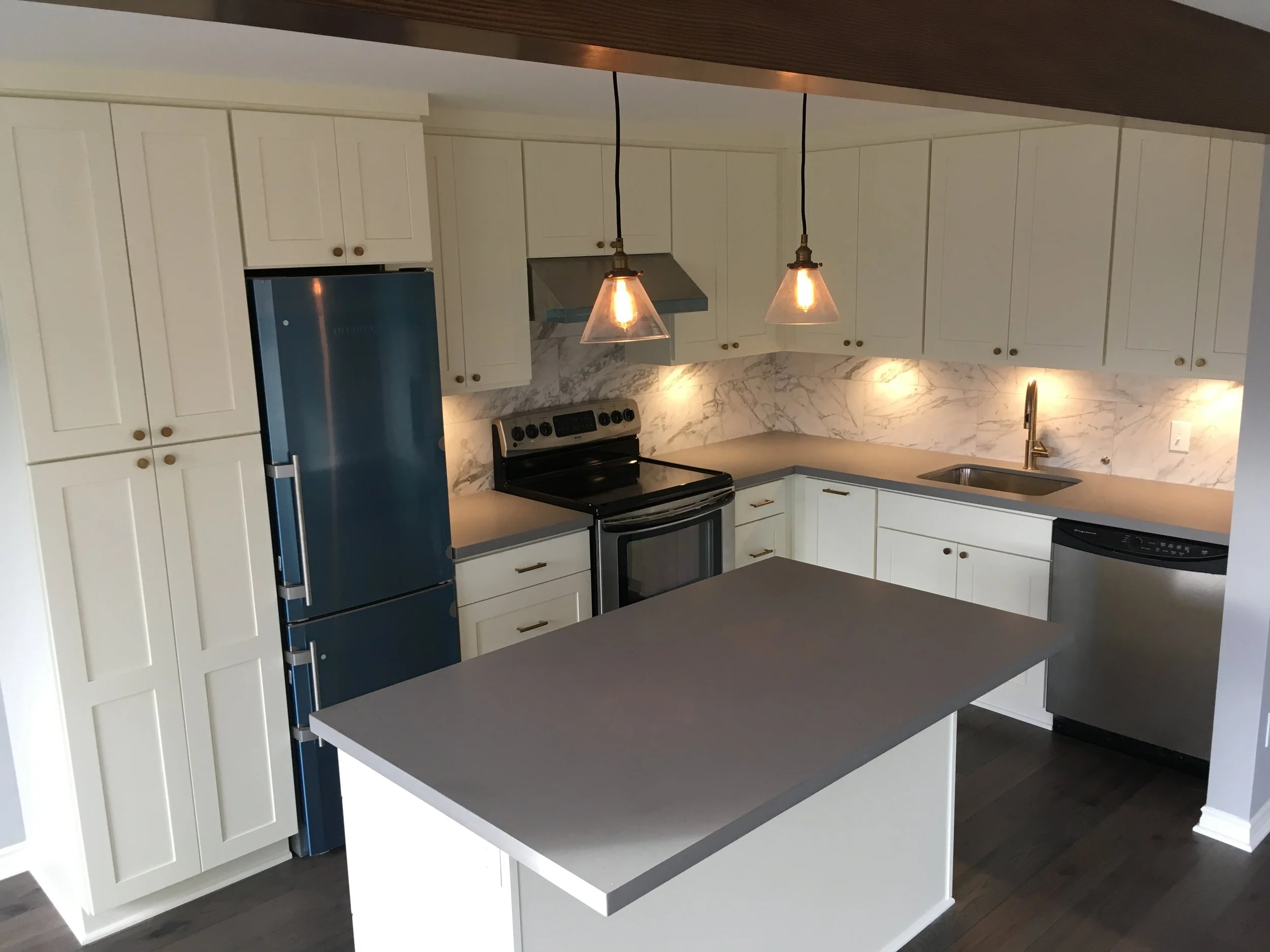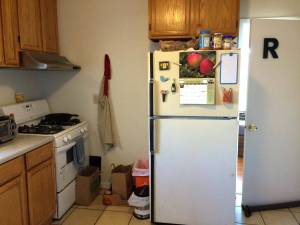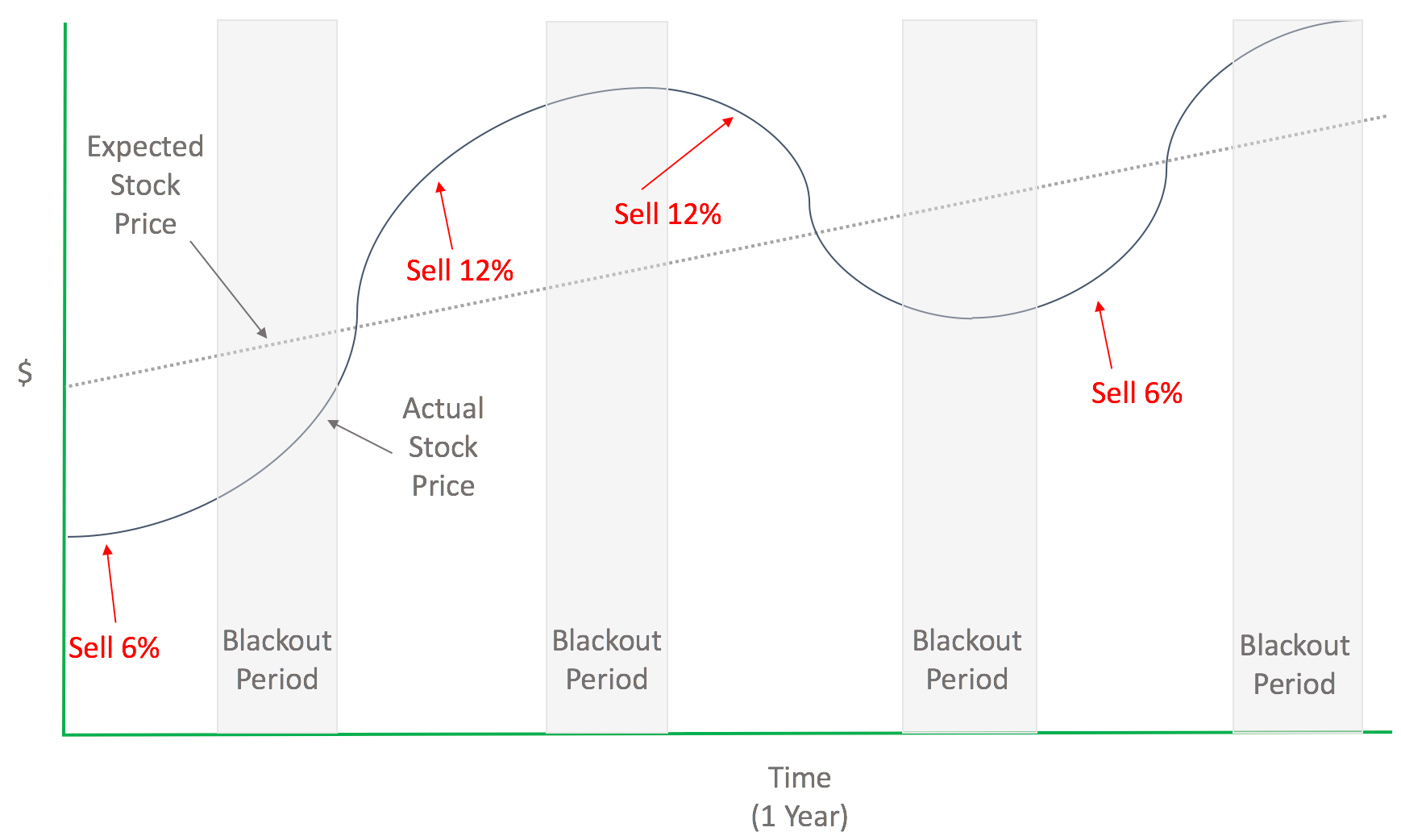Figuring out the rental value of a house or condo
It isn't hard to find the rental value of a home
Congrats! You are entering the insane world of being a landlord... but before you do it's time to fire up that new iPhone8+, take some pics, and throw your pad at the world on Craigslist. The only rub? How much to charge. It's a very important question, and one that is a little more complicated to answer than it may seem at first.
How NOT to decide how much rental cost should be for your home
Many people approach the rental value of their home from the wrong perspective: "The mortgage is $1300, HOA is $300, and maintenance/insurance is approx $100 per month, so we need to get at least $1700. But, we want to make money, so let's call it $2k."
Inevitably, the overpriced property sits and sits and sits, then someone comes and takes a look, and offers $1800. Desperate for revenue, the new landlord accepts the offer without the opportunity to screen other tenants. As you might expect, this significantly increases the likelihood of tenant issues. To use a cheap analogy, you wouldn't immediately propose to the first person you went on a date with. With tenants as with relationships, it's best to offer yourself a wide view of the market so you can make the best long-term choice.
What does that have to do with pricing? The lower your price, the more people you will get looking at your property. The more people that look at your property, the higher the likelihood that you find the RIGHT renter.
Understand that I am not advocating for below market rents, but I am advocating for reasonable, market-rate rents. In the scenario above, the same apartment listed at $1800 may have received 10-12 views and several applicants. For the same final price, the landlord would have had a much better choice.
How do you decide what market rate is?
1. Know the attractiveness of your property
Everyone thinks their property is better than it is (myself included). But, if you're dishonest about the condition and value of your property then you will overprice, leading to the scenario we went over above. Here is my easy guide to rating your property. It is vaguely based on appraisers ratings. For fun, I took all of the photos and information from real life craigslist ads.
5* - The creme de la creme
Summary: Brand new construction in an expensive area with insanely expensive finishes and distinctive touches.
Notes: I don't mean to be a jerk, but your property is probably not 5*. Ours isn't either, so don't sweat it. We are talking $20,000 appliances, $50/sq.ft. flooring, automated home type of stuff here. You'll find 5* in places like Beverly Hills in LA, Nob Hill in SF, Laurelhurst in Seattle, Chelsea in Manhattan... you get the idea. FIVE STARS. These homes comprise around 5% of the total rental housing stock.
4* - Everyday luxury
Summary: New or stylishly aging properties in safe and trendy locations with high quality finishes and pleasing design.
Notes: 4* are much more common than 5*, making up about 20% of the homes that are available for rent. These homes have hardwood floors, updated bathrooms and kitchens, fresh paint, along with pleasing design and color choices. You'll find them in safe or even trendy upcoming neighborhoods like the Haight in SF, Ballard in Seattle, Williamsburg in NY. These are nice properties, but they are not spectacular.
Our condo in Ballard is a nearly 4* property. It isn't in the most expensive location, and the building it's in is quite old. But, it's newly remodeled with very good finishes, and is located on a very safe street close to excellent food and shopping.
3* - The majority
Summary: Older but well maintained properties in safe locations with moderate quality finishes.
Notes: 3* make up 50% of the homes that are available for rent. These homes have hardwood floors, updated bathrooms and kitchens, fresh paint, along with pleasing design and color choices. You'll find them in safe but unremarkable neighborhoods like the Sunset in SF, or West Seattle. These are perfectly adequate properties with no outward safety or appearance problems, but they are neither trendy or "hip".
The quintessential 3* for me is a "housing boom" era townhouse with composite floors, poorly aging granite countertops, original appliances, original paint, and beat up carpet in the bedrooms.
2* - Sub-optimal housing
Summary: Multiple things are wrong with this place. It might be in an unsafe neighborhood, or have a super dated 1982 kitchen with mold. Peeling exterior paint. Leaky roof. Broken appliances. Probably not all at once, but you get the idea.
Notes: 2* make up 20% of the homes that are available for rent. They are the places you see on Craigslist for cheap and think "oh, here's one!" but the moment you open up the ad you see that it's just not gonna work.
1* - Unsafe housing
Summary: NOPE. Awful neighborhood. Maintenance issues. Absentee landlords. Bars on the windows.
Notes: 1* make up 5% of the homes that are available for rent. You probably don't see them on craigslist, but if you did you would run away screaming. I am not going to feature a picture for 1*, you get it.
Note: It's all relative!
Keep in mind that all of this is relative based on location. A 4* might be a little nicer in San Francisco than Sacramento. That's why I noted how much of the housing stock each component is. If your place is average for the area, it's 3*. If it's above average, 4*. You get the idea!
2. Research
Here's the fun part. Open up Craigslist, search within a mile or two of your place with the same or similar parameters (bedrooms, sq. ft, etc) and find as many properties as you can and record them. I would find at least 20. I use a spreadsheet with 5 columns, one for the link to the ad, 1 for the rental price, 1 for the square footage and 1 for the condition of the property. The fifth column is for rental price per square foot, a fairly simple but very important calculation.
Generally, I remove all professionally managed properties since these are priced way above the rest of the rental market.
3. Find the average rental price per sq. ft for your property rating
This part is quick. Filter your spreadsheet to just the properties that are the same rating as your place, then find the average of rental price per square foot for all of the properties you found. You'll want to be sure you have at least 5-10 comparable places.
4. Multiply: the how much to charge calculator
Multiply your properties sq. ft. by the average rental price per square foot of the comparable properties and list! Stay smart and be sure to keep in mind that people search for round numbers ($1200-$1400), so generally listing for $1450 will end up generating a similar amount of clicks as a listing for $1499.
Summary
Be honest about the condition of your property and list a fair market price for your rental. You'll get more interest, more choices, and perhaps even a bidding war (in super competitive areas). When you do end up renting your property, remember to keep a careful notation of how much you are charging, spending, and depreciating to take maximum advantage of the tax breaks afforded to you.









